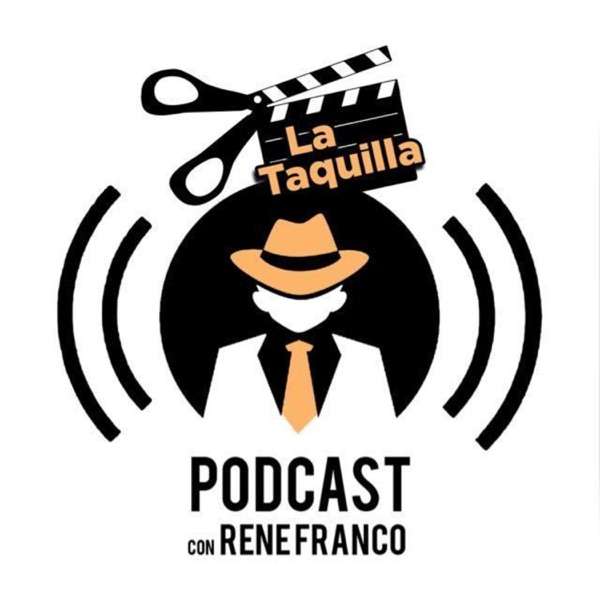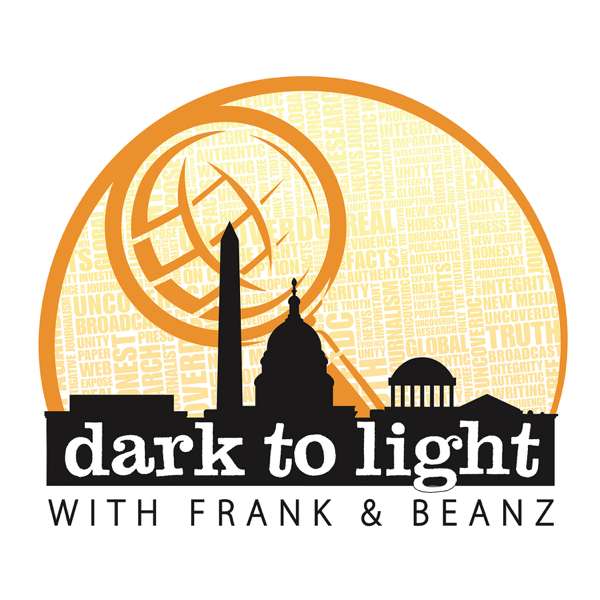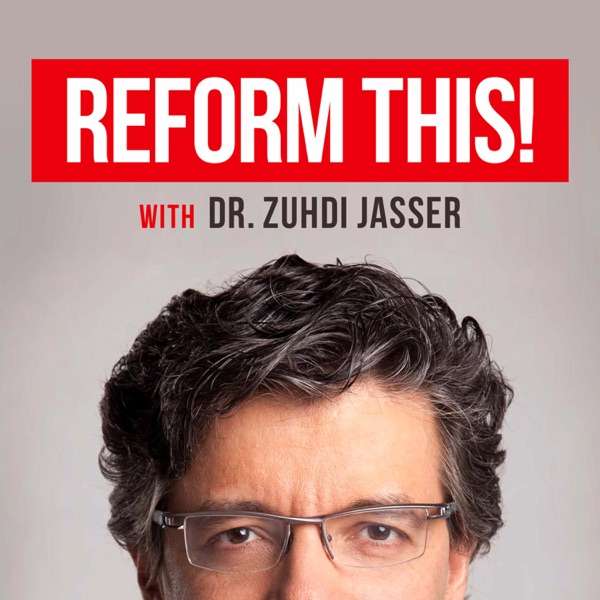South Africa has earned a reputation for having an old, backward, and unreliable electricity system more dependent on coal than any other country with a similarly sized economy. With an aging fleet of coal-fired power plants owned by a century-old utility that has actively resisted the energy transition, its grid is ripe for modernization.
South Africa is also blessed with largely untapped wind, water, and solar resources that could meet all of the country’s energy needs several times over. Few countries better exemplify both the challenge and opportunity in the energy transition.
That transition is now under way, both through deliberate official reforms and through an uncontrolled explosion of solar and batteries that customers are installing on their homes and businesses. Over seven gigawatts of behind-the-meter solar and storage now operate in a country whose grid demand rarely exceeds 30 gigawatts, all deployed with zero subsidies.
To explore this story, Chris traveled to South Africa in September 2025 for a six-week research trip. He recorded numerous interviews with people closely involved in the country’s energy transition, which we are featuring in a new miniseries.
We begin with Anton Eberhard, Professor Emeritus at the University of Cape Town’s Graduate School of Business. For more than 35 years, Anton has worked to modernize and liberalize South Africa’s power sector in pursuit of a more equitable, just, and clean energy system. His commitment to justice runs deep: in 1977, he became one of the first white South Africans imprisoned for refusing conscription into the apartheid military. After his release, he pursued a PhD in solar energy around 1980, doing fieldwork in remote Lesotho villages long before renewables were economically viable.
In this conversation, Anton recounts the evolution of South Africa’s power sector alongside his own personal history. He explains why Eskom, once named the best utility in the world, saw its energy availability factor plummet from over 90% to as low as 40% at the height of the country’s power crisis. He describes the political economy keeping coal interests entrenched, his role in the groundbreaking 1998 white paper whose proposed reforms are only now, 27 years later, being implemented, and why structural changes remain critical for accelerating the energy transition. This will give you the essential context for the rest of our South Africa miniseries, and contains many universal insights that may be useful to understanding the energy transition wherever you live.

 Our TOPPODCAST Picks
Our TOPPODCAST Picks  Stay Connected
Stay Connected







